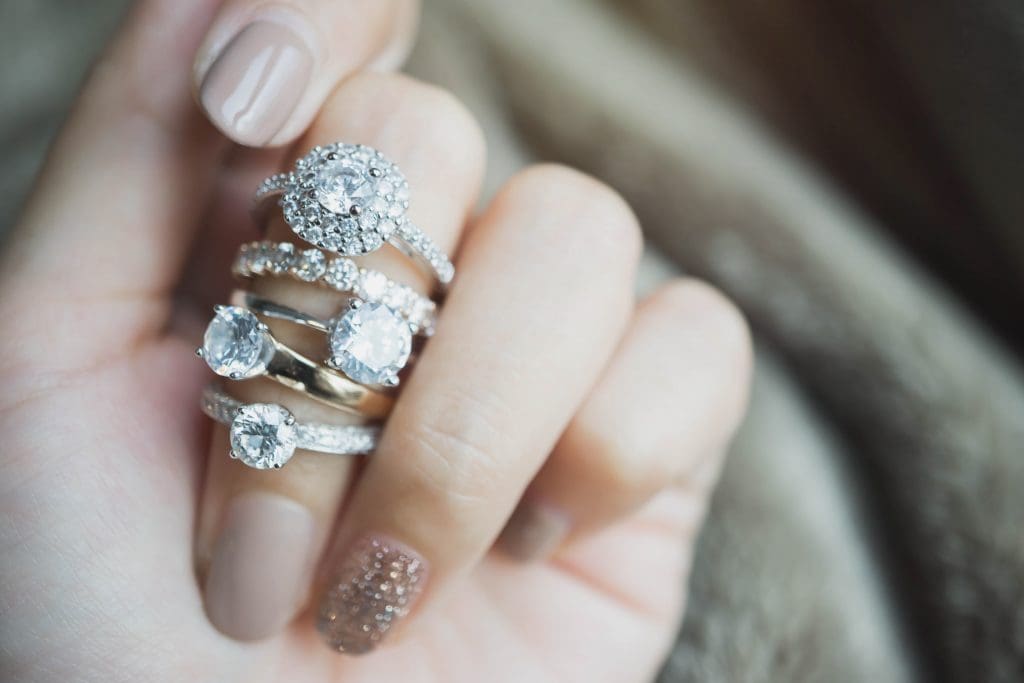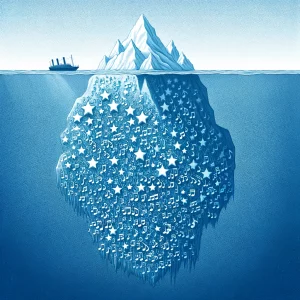Ethical Diamonds In Fashion: Consumers Faced With Dilemma When Buying Diamonds


Many believe the traditional diamond mining and trading industry is fraught with ethical issues. Historically, the extraction of diamonds often involved exploitative labor practices, including child labor and inhumane working conditions, and practices that resulted in environmental damage from open-pit mines.
Conflict diamonds are also a significant concern in the industry. These diamonds are used to fund civil wars in specific continents for decades. While there are international processes created to combat this issue, consumers still need a guarantee that all diamonds on the market are conflict-free.
These reasons gave rise to consumers’ conscientious buying behavior towards ethical diamonds over the few decades. Ethical diamonds are diamonds that have been sourced, mined, and traded in a socially responsible manner. This means they haven’t been obtained in any way that exploits the people or environment. They’re also expected to meet specific standards set by concerned organizations.
The Benefits Of Ethical Diamonds
Many benefits come with choosing ethical diamonds. Some of them are listed below.
- Consumers can make purchases knowing that the diamonds used weren’t obtained in any way that exploits people or damages the environment.
Imagine if you’re buying a diamond ring for your fiancé. You wouldn’t want to buy them just any other diamond ring out there, right? A ring with an ethical diamond may be the best option as these are often subject to rigorous standards and inspections to ensure they operate concerning human rights and the environment. One standard they usually undergo is the Kimberley Process Certification, a certification process for diamonds to ensure they’re conflict-free and haven’t been used to finance civil wars. Diamonds On Richmond engagement ring collection is one source of these kinds of diamonds.
Since ethical diamonds also have lower environmental footprints, consumers can feel good about the fact that their purchase isn’t contributing towards global warming or the destruction of precious habitats. Consumers will know exactly where the diamond comes from and how it was sourced, allowing them to make an informed decision.
- Ethical diamonds create a positive impact in the communities where they are mined.
This benefit ensures all stakeholders benefit from their production. Many ethical diamond producers invest in local communities and use a portion of their profits to support disadvantaged populations.
Ethical diamonds are an essential part of the fashion industry as they provide consumers with a way to purchase jewelry without contributing to human rights abuses or environmental destruction. People can make informed decisions about what they buy and support initiatives promoting responsible mining practices by choosing these diamonds.
The Challenges Consumers Face With Ethical Diamonds


The industry has responded with various initiatives to ensure that diamonds are sourced from reliable sources, such as certifying companies committed to responsible sourcing practices. These practices ensure the following:
- Transparency in the supply chain
- Adherence to human rights standards
- Preventing conflict diamonds from entering the market
- Workers’ rights protection and environmental considerations
Despite these efforts, however, there are still some challenges for consumers when selecting ethical diamonds. Misleading marketing tactics and language choices make it difficult to determine whether a diamond is truly ethical. One example is “conflict-free diamonds,” which may not always guarantee that the diamonds aren’t sourced under exploitative labor practices. Some diamonds also can’t be traced to their source, making it difficult to guarantee that the diamonds are ethical. These tactics provide a false sense of security for consumers when purchasing ethical diamonds.
Another challenge is that ethical diamonds are more expensive than conventional mined diamonds, as they require additional investments in labor and sustainability. Consumers should be aware that when it comes to ethical diamonds, the cost often reflects the quality assurance and ethical standards set by producers. This is why lab-grown diamonds, which are also ethical and conflict-free, are often less expensive than mined diamonds.
Finally, there are limited options for consumers seeking ethical diamonds as they’re only sometimes available in stores or online retailers. This lack of availability can make it difficult for consumers to find diamonds that meet the ethical standards they’re looking for.
The Way Forward
The demand for ethical diamonds is increasing as more consumers become aware of the negative impacts of diamond mining on local communities and the environment. Thus, to ensure all diamonds on the market are ethically sourced, more standardized certifications aside from the Kimberley Process may be implemented. This can help create a level playing field and prevent unethical companies from taking advantage of customers who want to purchase ethically-sourced jewelry.
Another point to consider is more education needs to be provided so people can make informed choices when purchasing diamonds. By working together, the fashion and diamond industries can create a free exploitation and environmental damage market.
Ethical diamonds can be an excellent choice for consumers who support responsible mining practices. However, buyers must know these diamonds’ challenges and potential pitfalls. By being informed and researching, consumers can ensure that they get a quality product while supporting initiatives to promote sustainability and ethical business practices in the diamond industry.
Since you’re here …
… we have a small favour to ask. More people are reading Side-Line Magazine than ever but advertising revenues across the media are falling fast. Unlike many news organisations, we haven’t put up a paywall – we want to keep our journalism as open as we can - and we refuse to add annoying advertising. So you can see why we need to ask for your help.
Side-Line’s independent journalism takes a lot of time, money and hard work to produce. But we do it because we want to push the artists we like and who are equally fighting to survive.
If everyone who reads our reporting, who likes it, helps fund it, our future would be much more secure. For as little as 5 US$, you can support Side-Line Magazine – and it only takes a minute. Thank you.
The donations are safely powered by Paypal.









